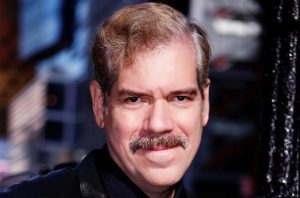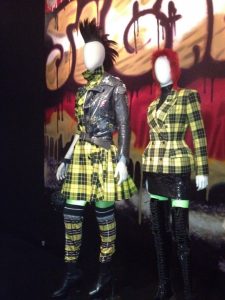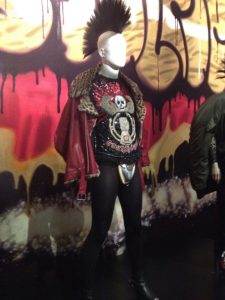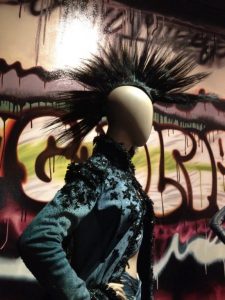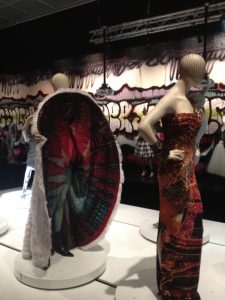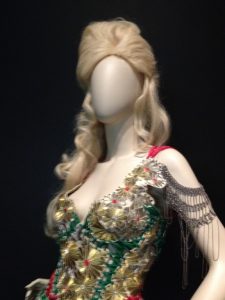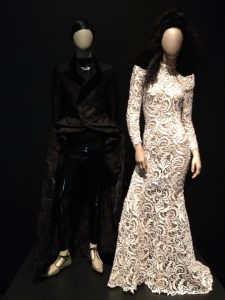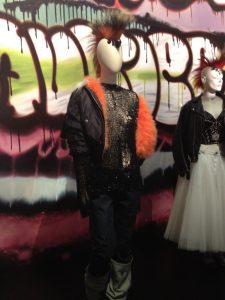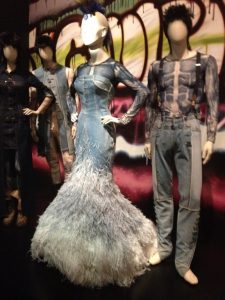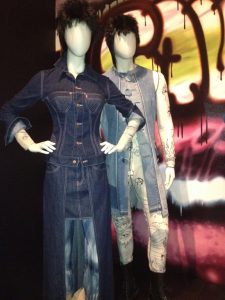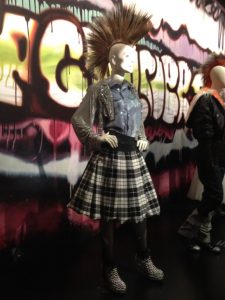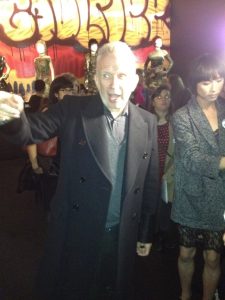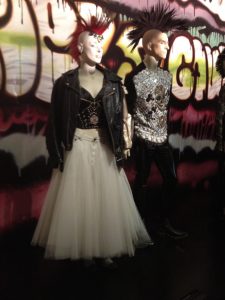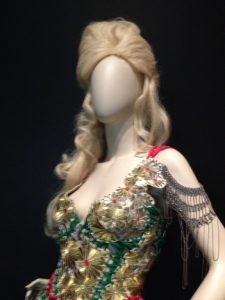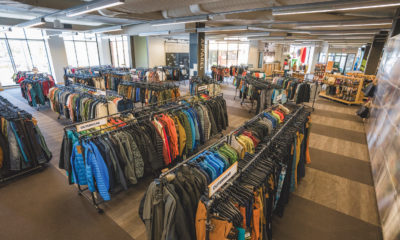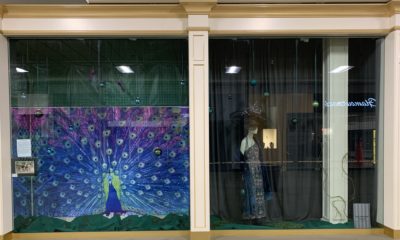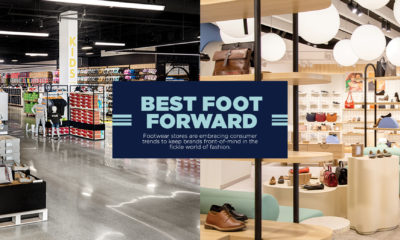Recently, I took the number three train to Brooklyn, my boyhood home. It was a great place to grow up. It had the Dodgers (a bit before my time), Coney Island, Sheepshead Bay, Prospect Park, Junior's, Peter Lugers, Lundy's, Nathan's, The Paramount Theater and great shopping on King's Highway. It was the borough of neighborhoods, churches, synagogues, ball fields and ice cream shops.
Brooklyn just had a lot of soul. It was special; it was different than the rest of the boroughs. It was a city unto itself. It also had the Brooklyn Museum, the second largest collection of art in New York City. As a young art student, it became my temple, a place to pay homage to my art heroes. How great it was to spend an afternoon with Edgar Degas, Max Beckmann or Georgia O'Keefe. Yep, that was my Brooklyn, different than any other place in the world.
And today it's everybody's Brooklyn, and still so different. Oh, Peter Lugers and Coney Island are still there. Regrettably, Lundy's is long gone, and we all know what happened to the Dodgers. Now I don't want to sound nostalgic: Change is good. Those who embrace change move forward. Today Brooklyn is home to the Barclays Center, hipsters, upscale restaurants, boutiques, galleries, tattoo parlors and luxury condominiums that were once vacant warehouses or decaying factories in the shadows of the Manhattan Bridge.
A city has to grow and evolve. I hadn't been back to Eastern Parkway, the site of The Brooklyn Museum, since my college days. I was delighted to see the evolution of the KcKim, Meade and White designed Beaux-Arts building. The addition of a curved glass atrium in the front welcomes visitors with an embracing gesture. I was there to see the opening of “The Fashion World of Jean Paul Gaultier: From the Sidewalk to the Catwalk.” And much like Brooklyn, Gaultier's work is a celebration of that which is different. Like the add-on to the venerable museum, it embraces. His work welcomes that which is not understood or accepted. It sees beauty where others see nothing at all and this in itself is beauty.
Diversity is an important part of Gaultier’s message and aesthetic. He expressed in an interview, “I'm trying to show there are many kinds of beauty, not one kind of beauty. We must open our eyes to other things. We can learn from different cultures.” He’s consciously drawn to models of varying races, ages, genders and shapes, and accepts body art of all types including piercings and tattoos. “The models I chose had to have a different look. Perfection is relative and beauty is subjective. I wanted to make imperfection admirable. Sometimes a different energy and bearing or unusual body catches my eye.”
The show is recognition of the French couturier's 37-year career and is the first international exhibition of his work. On display are 140 haute couture and prêt-a-porter designs. His inspiration and groundbreaking vision began with a fascination of the Belle Époque in Paris and the period between the wars, and was furthered by the punks of London's Trafalgar Square in the 70s. The nonconformist ethos of the Punk movement inspired the designer to push the limits of fashion and society's vision of etiquette. Using non traditional materials, suggestive references, raw makeup, Mohawk haircuts and fishnet stockings, he created a look that was inclusive, speaking to a wide range of both men and women of different ages and points of view.
Advertisement
When asked what his work communicates, Gaultier said, “We need to dream. We need to have stars.” He said his work is an obsession, a passion, “I'm lucky, I'm like a little boy. I'm still doing what I love.”
The designer says he collaborates with shows and show people. He's inspired by dancing and choreography. But his first muse was his teddy bear. “My parents wouldn't let me have a doll, so they gave me a teddy bear. I put a pointed bra on that teddy bear and it became Madonna's pointed bra.”
The show includes denim evening gowns, camouflage couture and oversized and cross gender mannequins. It's a nod to all that is different. “Inspiration gives me energy. When I'm doing my collection it's my own story. I'm my own director.” When asked what his favorite design was, he answered without hesitation, “The next one.” The Brooklyn Museum was the perfect place to showcase the work of this visionary designer. Always leading the way for haute couture and avant-garde fashion, Jean Paul Gaultier, like Brooklyn, dares to be different. Vive la différence.
Eric Feigenbaum is a recognized leader in the visual merchandising and store design industries with both domestic and international design experience. He served as corporate director of visual merchandising for Stern’s Department Store, a division of Federated Department Stores, from 1986 to 1995. After Stern’s, he assumed the position of director of visual merchandising for WalkerGroup/CNI, an architectural design firm in New York City. Currently, he serves as the chair of the Visual Merchandising Department at LIM College (New York), and was also an adjunct professor of Store Design at the Fashion Institute of Technology. In addition to being the New York Editor of VMSD magazine, Eric is also a founding member of PAVE (A Partnership for Planning and Visual Education). Currently, he is also president and director of creative services for his own retail design company, Embrace Design.
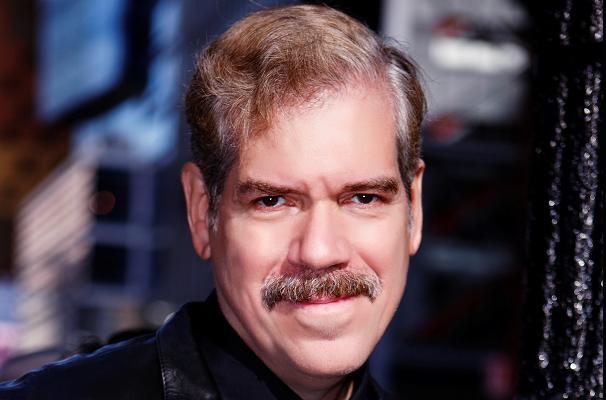

 Photo Gallery1 day ago
Photo Gallery1 day ago
 Headlines1 week ago
Headlines1 week ago
 Headlines2 weeks ago
Headlines2 weeks ago
 Headlines2 weeks ago
Headlines2 weeks ago
 Sector Spotlight2 weeks ago
Sector Spotlight2 weeks ago
 Headlines1 week ago
Headlines1 week ago
 Headlines3 days ago
Headlines3 days ago
 Headlines1 week ago
Headlines1 week ago
